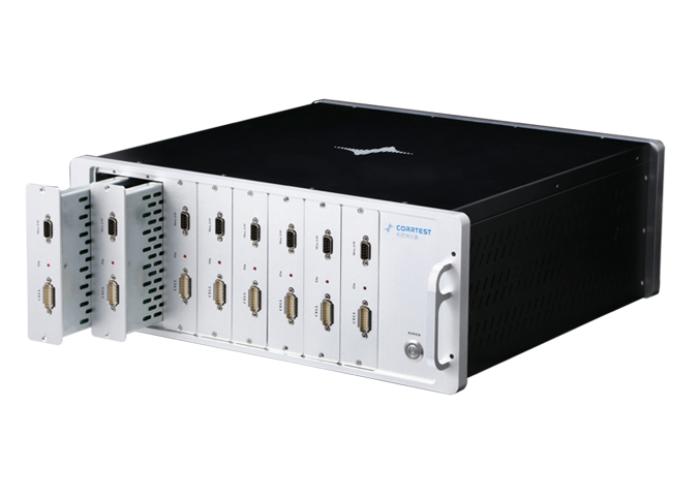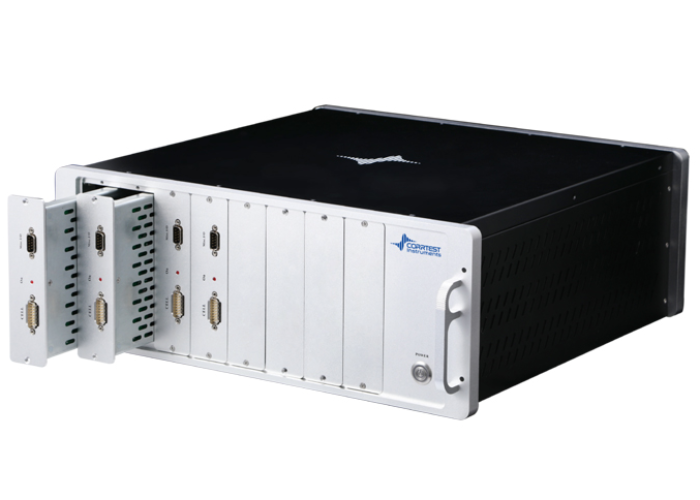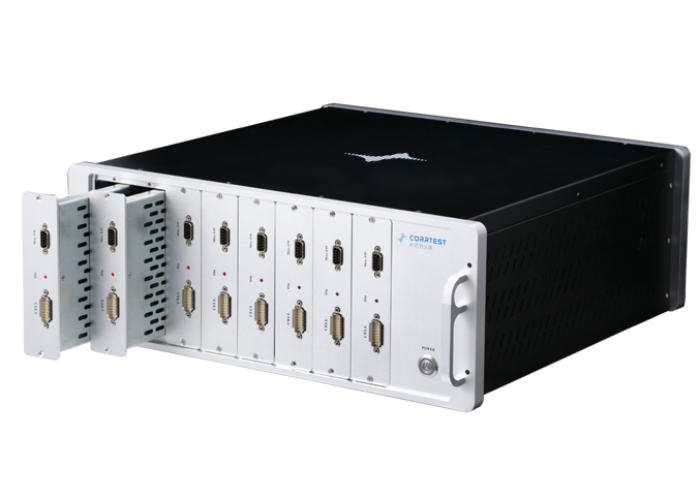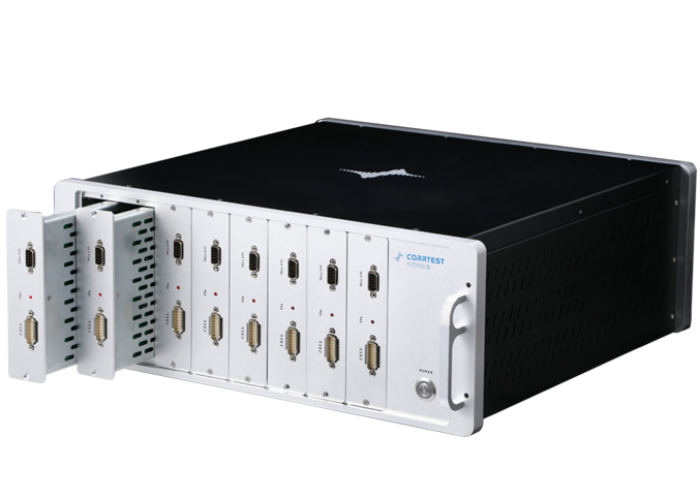Multichannel
Multichannel potentiostats enable parallel electrochemical measurements for high-throughput battery, corrosion, and sensor research. Scalable systems for university labs.

Squidstat Prime
- Compliance voltage: : ±10 V
- Voltage scan range:: ±10 V
- Maximum current:: ±250 mA per channel
- Channels per unit:: 4 independent DC channels
- Onboard memory:: 16 GB
What is a multichannel potentiostat/galvanostat?
Overview
A multichannel potentiostat/galvanostat is an advanced electrochemical instrument designed to perform multiple electrochemical experiments simultaneously by operating several independent measurement channels in parallel. Each channel can independently control and measure voltage (potentiostatic mode) or current (galvanostatic mode) on separate electrochemical cells or electrodes, enabling complex, high-throughput studies and comparisons within a single device.
Key Features and Differences from Single-Channel Systems
Multiple Channels
Unlike single-channel potentiostats that handle one experiment at a time, multichannel devices can run many experiments concurrently. This capability is ideal for research requiring parallel testing, such as:
- Battery testing
- Corrosion studies
- Sensor development
- Electrosynthesis
Electrical Independence
High-quality multichannel potentiostats provide galvanic isolation between channels, ensuring that measurements on one channel do not interfere electrically with others. It is crucial to have this isolation to make accurate simultaneous measurements.
Modularity and Scalability
Many multichannel systems are modular, allowing users to add or upgrade channels, boosters, or measurement options over time to meet evolving research needs. This flexibility makes them "future-proof" and customizable for specific scientific or industrial applications.
Wide Range of Electrochemical Techniques
These instruments support a broad spectrum of electrochemical techniques such as:
- Cyclic voltammetry
- Electrochemical impedance spectroscopy (EIS)
- Chronoamperometry
- And more
These techniques are often accompanied by cross-referencing naming conventions among suppliers.
Applications
Common applications include:
- Battery research and testing
- Corrosion analysis
- Metal electrodeposition
- Sensor development
- Life sciences
- New energy materials research (e.g., Li-ion batteries, solar cells, fuel cells)
Potentiostat vs. Galvanostat Modes
Potentiostat Mode
A potentiostat controls the voltage between the working and reference electrodes while measuring the resulting current. It is ideal for studying:
- Redox reactions
- Corrosion
- Electrode kinetics
Galvanostat Mode
A galvanostat controls the current flowing through the cell and measures the voltage. It is useful for processes like:
- Electrodeposition
- Battery charge/discharge studies
Combined Modes
Multichannel instruments often combine both modes, allowing users to select the appropriate control method per channel or experiment.
Examples of Multichannel Potentiostats by ScienceGears
Squidstat Prime
- 4 channels
- ±10 V voltage range
- ±250 mA max current per channel
- Current accuracy down to 1 nA
Multichannel CS310X Series
- Options with 4 or 8 channels
- EIS (Electrochemical Impedance Spectroscopy) module included on one or all channels
- Potential range ±10 V, current up to ±1 A
- High channel insulation resistance (>100 MΩ)
- Ethernet communication
- Potential accuracy: 0.1% of full range ±1 mV
- Current accuracy: 0.1% of full range
These instruments support comprehensive electrochemical techniques and are suitable for research in electrosynthesis, electrodeposition, corrosion, energy materials, and sensor development.
Summary
A multichannel potentiostat/galvanostat enables simultaneous, independent electrochemical measurements on multiple samples, dramatically increasing experimental throughput and flexibility compared to single-channel devices. They are modular, often customizable, and widely used in advanced electrochemical research and industrial applications requiring parallel testing and detailed analysis of electrochemical behavior.
If you want to explore or compare specific models, consider parameters such as:
- Number of channels
- Voltage/current range
- Accuracy
- EIS capability
- Communication interfaces
to match your experimental needs.




